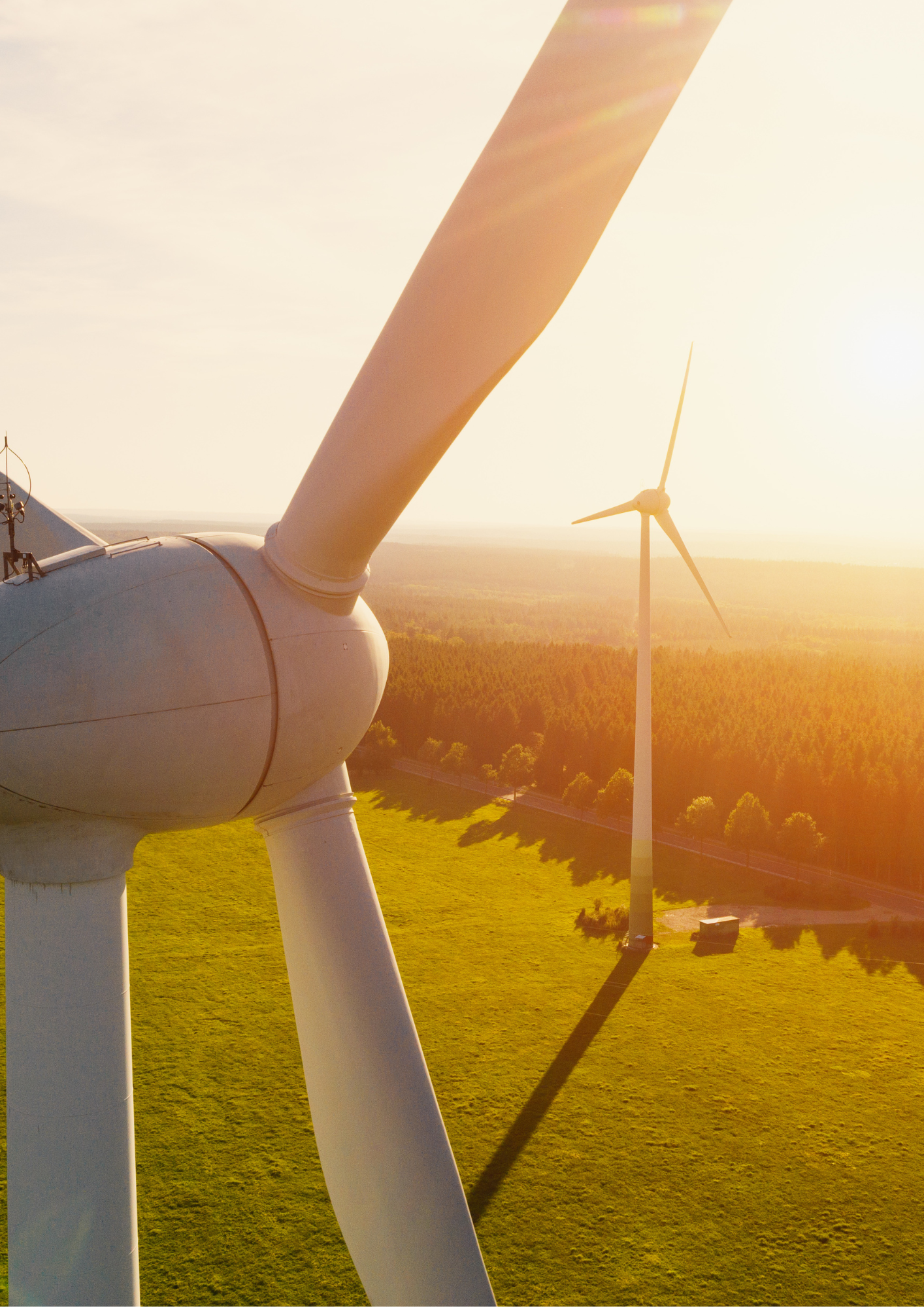
- Search term must have more than 2 characters.

The workshop provided SMEnergy partners with valuable insights into the initiatives of central decision-makers in their respective regions. It also facilitated mutual learning by enabling a deeper understanding of each other's institutional incentives and support schemes.
Why focus on energy-intensive SMEs?
In the context of the green transition, most initiatives focus on large companies or major consumers, often sidelining SMEs. However, SMEs, which constitute 99.8% of all enterprises in Europe, are crucial to the European economy, employing 64.4% of the workforce and contributing 51.8% of the EU's value added. In 2022, 24.3 million European SMEs employed approximately 84.9 million workers. The SMEnergy project specifically targets energy-intensive SMEs.
The term "energy-intensive" refers to companies for which energy costs comprise a significant portion of total expenses. This percentage varies widely by industry and specific circumstances. Generally, if energy costs exceed 2-5% of a company's total expenses, it is considered energy-intensive. In certain sectors, such as zinc and aluminium production, this ratio can reach as high as 40-50%.
Quite different green energy mixes
For energy-intensive companies, a key concern is the type of green energy available to small and medium-sized enterprises in their country. The share of green energy in total energy production varies significantly among countries. Among eight nations, Austria leads with green energy constituting 31.7% of its energy production in 2022, while Hungary and Slovenia trail at 12.9%.
The green energy mix within these eight countries, as part of the SMEnergy initiative, demonstrates considerable diversity in electricity production and consumption, influenced by local characteristics and resources. According to the electricity maps, for instance, Austria relies heavily on hydropower, while wind power has surged in Germany, and Hungary has seen an explosive increase in solar collectors in recent years.
Nuclear energy continues to play a significant role in several countries, including Bulgaria, the Czech Republic, Hungary, Slovenia, and Slovakia, contributing many terawatt-hours (TWh) to their energy production.
How do central governments help the green transition of SMEs?
The global landscape of green energy transformation presents a complex and contentious scenario. In certain nations, a robust and intricate network of energy agencies continuously supports the transition for small and medium-sized enterprises. These countries benefit from a diverse array of energy professionals and suppliers offering innovative green energy solutions. Conversely, in other regions, funding or loans are available only intermittently, typically within the scope of specific project-support campaigns.
Source: Presentation of the Development Agency of the Republic of Srpska
The effectiveness of a country's green transition policy, clearly articulated and widely communicated by the government, plays a critical role. Equally important are the contributions of business communities promoting best practices, the removal of administrative hurdles that ease access to green energy, and the consumer-friendly approaches of major electricity providers offering necessary infrastructure.
What’s next?
The collected materials on green transition initiatives from various countries represent a true treasure trove, not only for the consortium but also for the entire European community. What emerges from the presentations is a well-defined structure and variety of institutional incentives, serving as learning points for central decision-making bodies advocating for the green transition. The consortium is currently working on this presentation and plans to publish the conclusions and recommendations for policymakers in the second half of 2024.
For furtner information, please, visit the official website of the project: